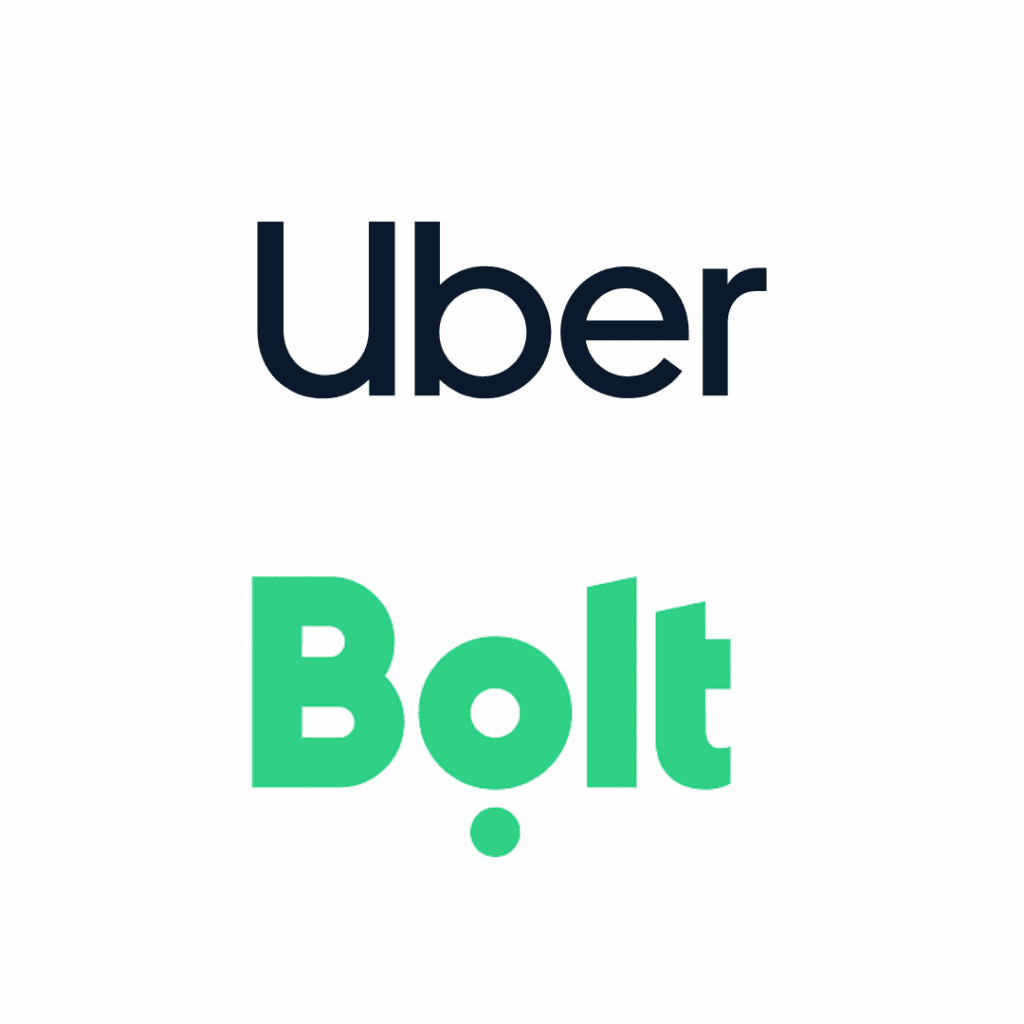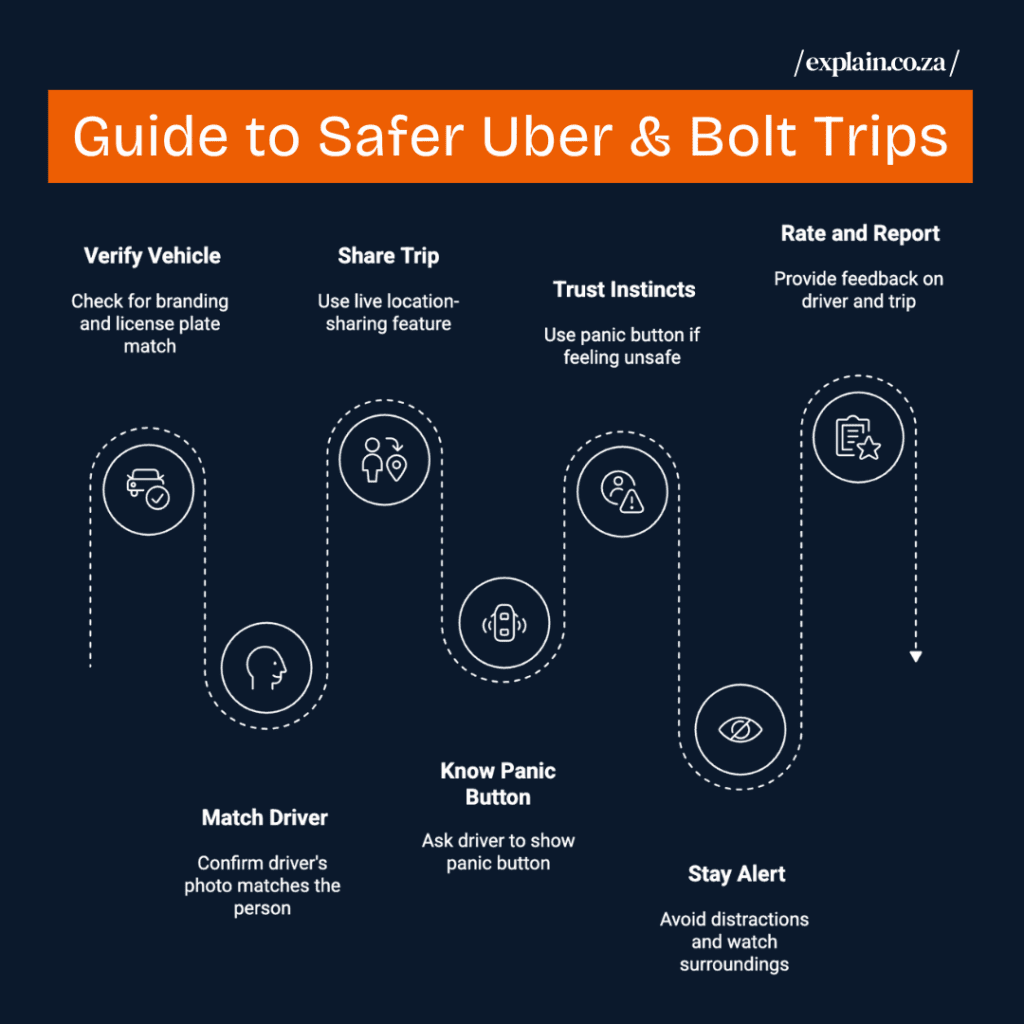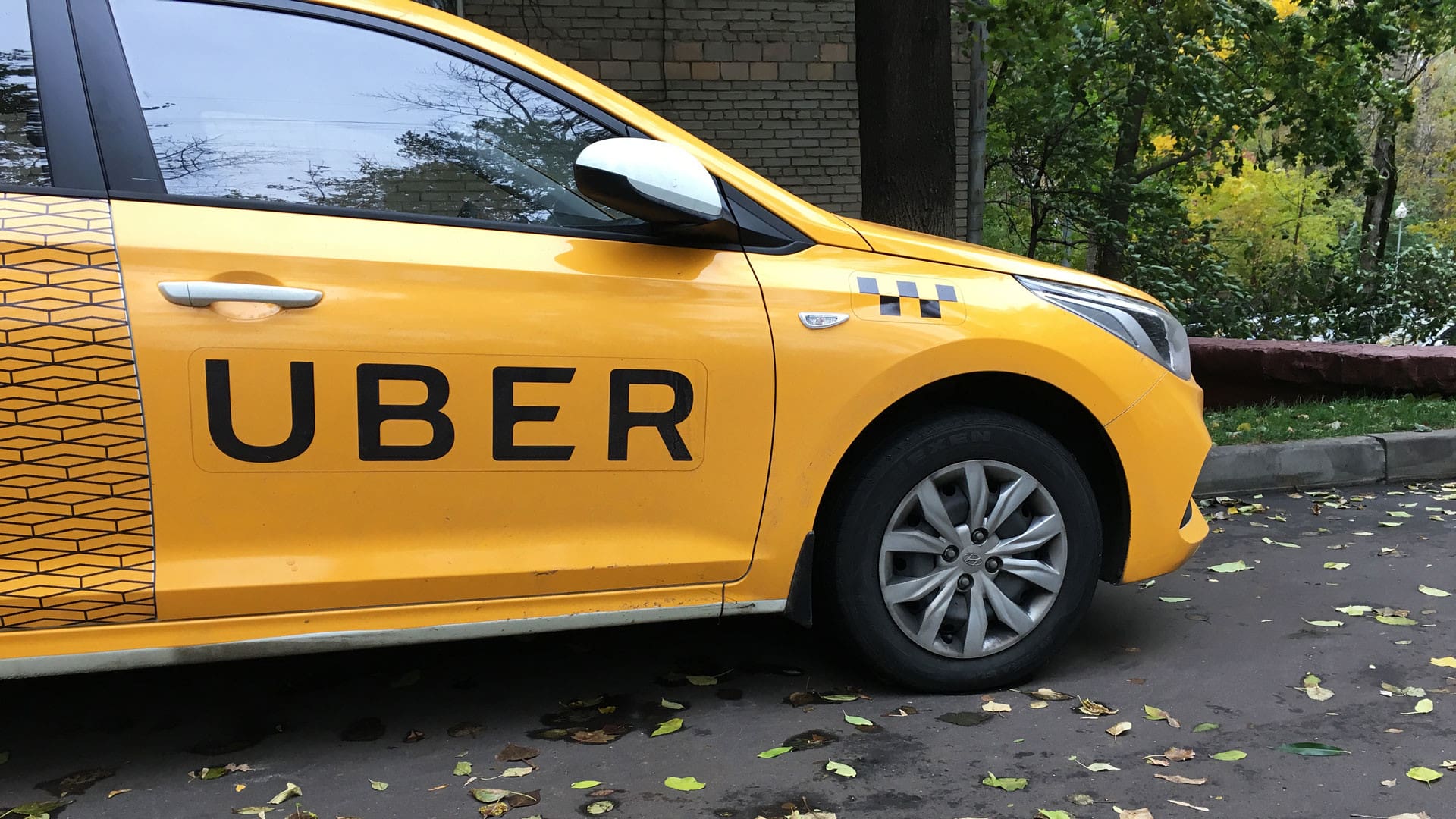South Africa’s roads have long been battlegrounds – not just for traffic, but for turf wars and tragedies that have left e-hailing drivers and passengers caught in the crossfire.
On Friday, seismic shift landed with the gazetting of the National Land Transport Amendment (NLTA) Act, a law that drags Uber and Bolt out of the regulatory shadows and into the heart of South Africa’s public transport system.
After a decade of bureaucratic gridlock and fierce resistance from the taxi industry, this legislation arrives as both a lifeline and a lightning rod, promising safer rides while navigating a minefield of escalating violence and gender-based violence (GBV) concerns.
From mandatory vehicle branding to panic buttons and hefty penalties, the NLTA Act isn’t just red tape – it’s a bold bid to tame a lawless frontier, sparked by incidents like the fatal Maponya Mall attack last month, where an e-hailing driver was gunned down in a hail of bullets.
For drivers and riders, the rules are changing fast. Here’s what you need to know.

Do you need a new licence to drive for Uber or Bolt?
Yes. One of the biggest shifts under the amended NLTA is that e-hailing is now a distinct public transport service. That means the old system, where many drivers operated under metered taxi or charter permits, is no longer enough.
From now on, every Uber or Bolt driver must hold a dedicated e-hailing operating licence. These licences are issued through provincial regulatory entities and will often come with geographic restrictions.
This licence isn’t a one-size-fits-all; it’ll spell out exactly which geographic zones drivers are cleared to pick up passengers in, like sticking to Joburg CBD or Cape Town’s southern suburbs to avoid crossing invisible lines.
For drivers already driving with a different type of permit, they will likely need to convert it or apply afresh. The process requires proof of compliance with vehicle and driver requirements, including updated documentation, roadworthiness tests, and fees (around a few hundred rand, depending on your province).
In short, the paperwork will need to be squared away before any driver can legally log into the app and start making trips.
Once approved, the licence is valid for a set period, probably three years, and ties you to one operator. For Bolt and Uber riders, this means fewer dodgy unlicensed drivers lurking on the app – peace of mind, right?
Why the push for branded cars, and will it make me a target?
From now on, every e-hailing car must sport clear branding – think stickers or signs on the roof, doors, or windscreen saying it’s an Uber or Bolt. No more squinting at a random sedan, wondering if it’s your ride.

Why’s this good for you? It’s a quick way to spot a real e-hailing vehicle, cutting down on fakes who might pose as drivers.
But there’s a trade-off. Some drivers worry that branded cars will become sitting ducks in areas where taxi associations have been hostile, like in the case of the aforementioned Maponya Mall attack. Similar attacks have flared up in KwaZulu-Natal and Gauteng. The government argues that clear rules and visibility will eventually reduce conflict. The hope is that by formally recognising e-hailing — and requiring all cars to be marked — the industry can move past the “wild west” era of turf wars and extortion.
Along with these regulations, the legislation has new security requirements for e-hailing drivers and their vehicles. This includes needing a panic button and drivers ensuring their profile photo is up to date for accurate client identification.
— Parliament of RSA (@ParliamentofRSA) September 8, 2025
Should drivers fail to adhere to…
The hope is that clear rules will calm these tensions by making e-hailing a legit part of the transport game, not a sneaky rival undercutting taxis. Regulators hope it’ll curb extortion rackets where taxis demand “protection” fees.
What safety features are being added for passengers?
This is where the law really matters for riders.
- Panic buttons: Every licensed e-hailing car must now be fitted with a panic button. If you feel unsafe during your ride — whether it’s the driver’s behaviour, an attempted hijacking, or a GBV threat — you’ll have a direct line to emergency help. This is in response to years of safety concerns, specifically for women travelling alone.
- Criminal background checks: All e-hailing drivers will be subject to criminal vetting. This means anyone with a serious offence on their record should be screened out before they get behind the wheel. For passengers, that’s an extra layer of assurance that the person driving you home late at night isn’t hiding a dangerous past.
- Up-to-date driver profiles: Drivers must keep their app profiles current, including photos, so you know the face behind the wheel matches the app.
This comes after years of mounting safety concerns, especially for women travelling alone. Court filings in the US revealed that Uber logged over 400,000 sexual assault or misconduct cases between 2017 and 2022. Many of the victims were women passengers, and South Africa hasn’t been immune to similar risks.
What happens to unlicensed or unsafe drivers?
The new Act brings in harsh penalties. If Uber or Bolt allow drivers without proper licences to operate on their platforms, the companies face fines of up to R100,000 or even two years in jail for responsible individuals.
Drivers who don’t comply risk having their licences suspended or revoked. That means fewer unregulated operators slipping through the cracks — and fewer risks for passengers who rely on the apps for daily transport.
Why did it take so long to fix e-hailing rules?
If you’ve been following the debate, you’ll know that e-hailing has been around for over a decade in South Africa. So why only now?
Two main reasons:
- Taxi industry resistance. Minibus taxis still move most commuters in South Africa, and operators have fiercely resisted competition. For years, lawmakers dragged their feet to avoid angering the taxi sector.
- Violence and GBV. As attacks mounted, pressure grew. GBV cases linked to e-hailing made national headlines, while turf wars between taxis and e-hailing drivers escalated. The Maponya Mall attack in August was a breaking point — showing just how deadly the status quo had become.
In other words, the government acted because it had no choice. Public safety and mounting violence forced reforms through after years of stalling.
How can I stay safe as a passenger?
These changes are about making your rides less stressful, but you’ve got a role to play too. The NLTA Act’s new licences, vetting, and panic buttons are designed to protect you, but smart habits seal the deal.

When do these laws come into effect?
The NLTA Act was gazetted and came into effect on Friday, 12 September, meaning the rules are live now.
The NLTA Act marks a turning point for South Africa’s e-hailing scene, pulling Uber and Bolt into a new era of accountability.
For drivers, it’s a chance to operate legitimately, free from the shadow of unregulated chaos, though the path comes with paperwork and the weight of compliance.
For passengers, it’s a promise of safer rides – branded cars you can trust, vetted drivers, and panic buttons that could be a lifeline. Yet, the scars of taxi violence and GBV risks linger, reminding us that no law can erase every danger overnight.
Emma is a freshly graduated Journalist from Stellenbosch University, who also holds an Honours in history. She joined the explain team, eager to provide thorough and truthful information and connect with her generation.
- Emma Solomon
- Emma Solomon




